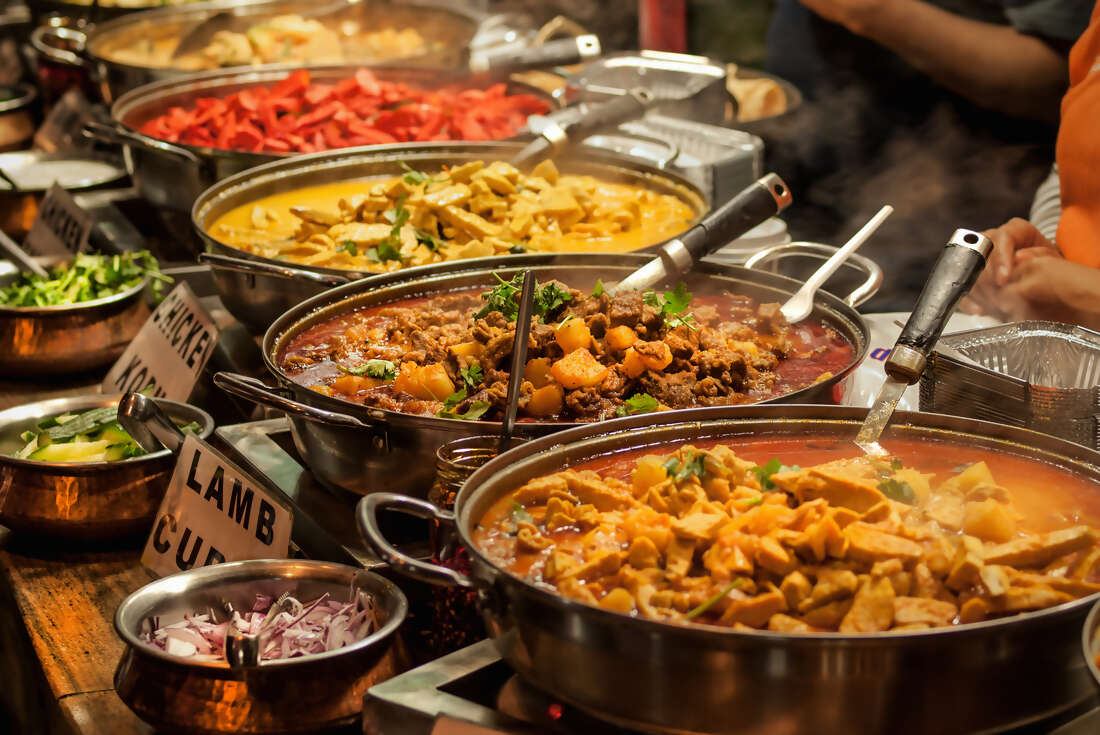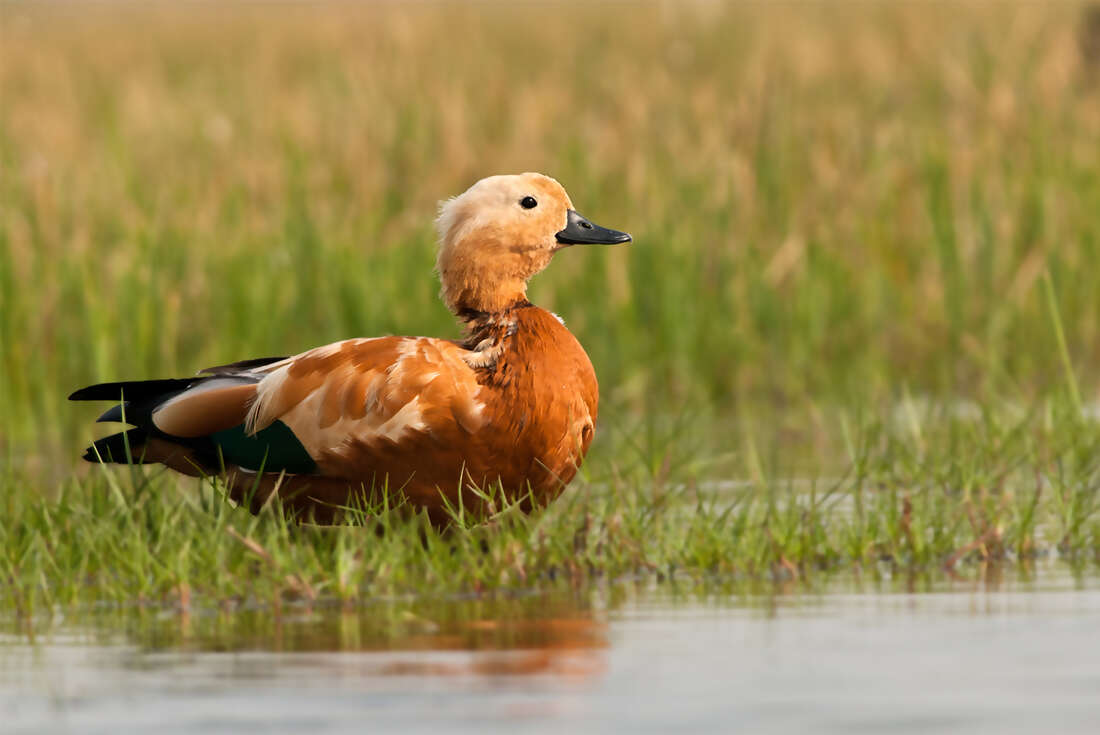 This 13-day expedition takes you into the heart of Odisha, into the melting-pot marketplaces that the bloggers haven’t reached yet. Shop alongside Kondh people, explore the lush and fertile hillside that is under threat from mining companies and discover thousands of years of history etched into the sandstone walls of temples in Bhubaneswar.
This 13-day expedition takes you into the heart of Odisha, into the melting-pot marketplaces that the bloggers haven’t reached yet. Shop alongside Kondh people, explore the lush and fertile hillside that is under threat from mining companies and discover thousands of years of history etched into the sandstone walls of temples in Bhubaneswar. Highlights
The eclectic markets of Odisha are the only chance most foreigners will ever have to interact with people from the difficult to access tribes of Odisha
Explore lush jungle, fertile hillside and brackish lakes and get a sense of why many tribes feel a spiritual connection to the land here
Begin in the heritage-rich ‘City of Joy’, Kolkata, and explore streets lined with thousands of clay goddesses in the potter’s quarter
See a side of India beyond the photos of the Taj Mahal and the Ganges – Odisha is a lesser-explored state full of historical and cultural treasures
Explore the excavated caves of Khandagiri and Udaigiri, which served as a dwelling and abbey for Jain monks almost 2000 years ago in Bhubaneswar





- You will visit the following places:
-

Kolkata
Kolkata, formerly known as Calcutta, is the capital of the Indian state of West Bengal. It is the commercial capital of Eastern India, located on the east bank of the Hooghly River. The Kolkata metropolitan area, including suburbs, has a population exceeding 15 million, making it the third most populous metropolitan area in India and the 13th most populous urban area in the world. The city is also classified as the eighth largest urban agglomeration in the world. Today it’s known for its grand colonial architecture, art galleries and cultural festivals.
-

Bhubaneswar
Bhubaneswar, also spelt as Bhuvaneshwara, is the capital of the Indian state of Odisha. The city has a long history of over 2000 years starting with Chedi dynasty who had Sisupalgarh near present-day Bhubaneswar as their capital. Historically Bhubaneswar has been known by different names such as Toshali, Kalinga Nagari, Nagar Kalinga, Ekamra Kanan, Ekamra Kshetra and Mandira Malini Nagari otherwise known as the temple city of India. Today it is a center of economic and religious importance in the region.